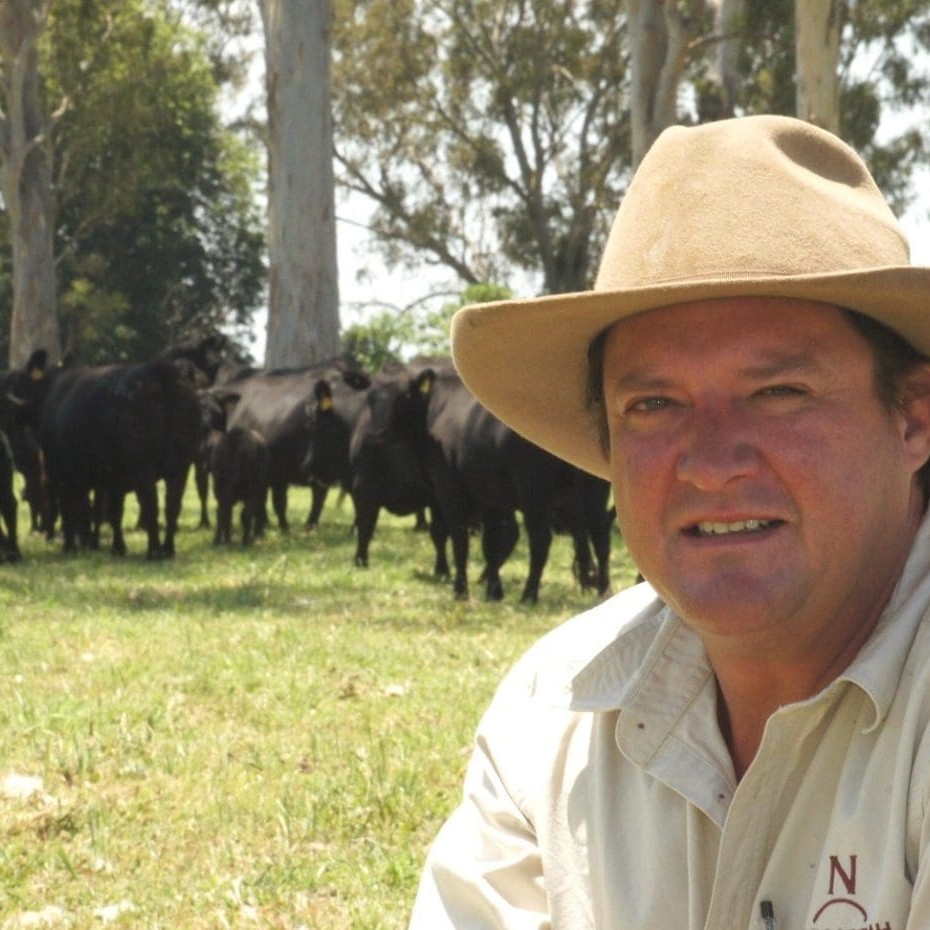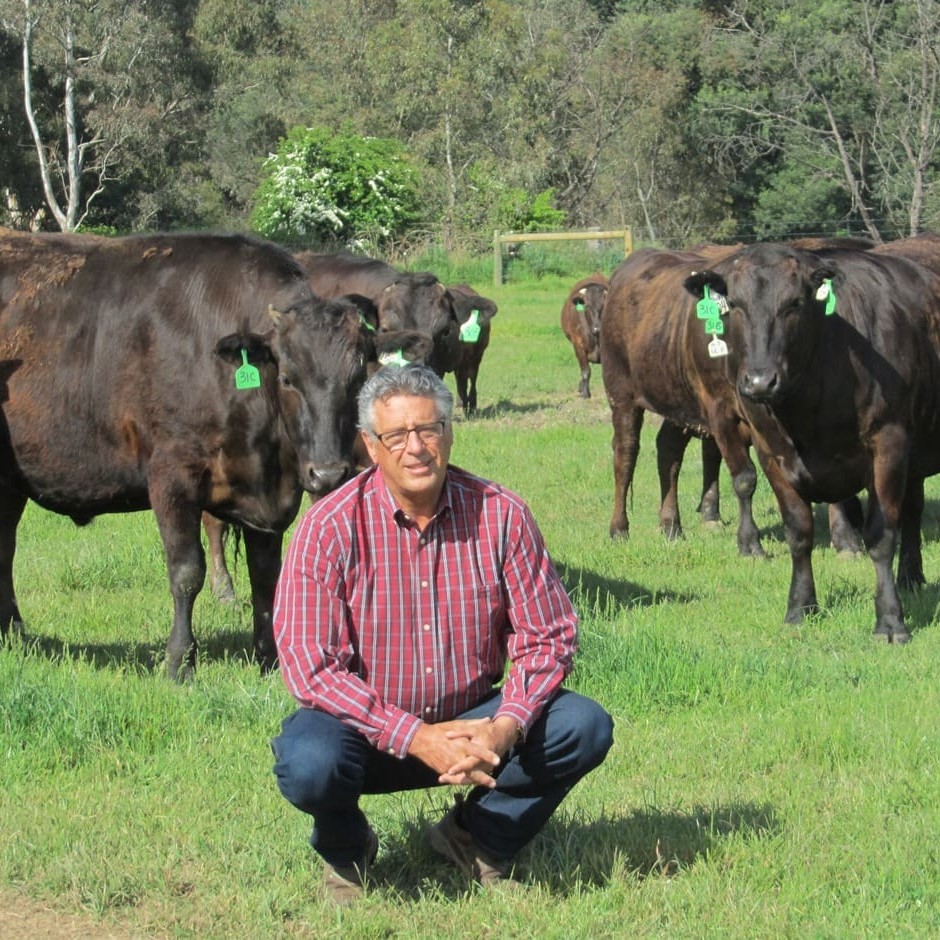While the use of sexed semen has become increasingly popular in the dairy industry since the mid-2000s, uptake in the beef industry has been a lot slower, and not without its problems.
The prospect of producing heavily bull-dominant, or heavily female-dominant progeny from an AI program has obvious commercial implications for many livestock producers, but despite access to semen sexing technology in Australia for some time, progress has been slow.
The technology has largely been driven by demand from the dairy industry, where a strong heifer calf bias has huge commercial attraction, and bull calves have little significant value. Replacement heifer prices are at all-time highs across the world, with dairy farming expanding in established and new regions in an attempt to meet the global demand for milk.
Using a patented and highly sophisticated technology, sperm is sorted by identifying differences between the X- and Y- bearing sperm. The X- chromosome (female) contains about 3.8 percent more DNA than the Y- chromosome, in cattle. This small difference in DNA content can be identified and used to sort the X- from the Y- bearing sperm.
The sorting process is about 93pc gender-accurate. While there are many variables that determine gender accuracy, some testing licence-holders aim for an acceptable purity range greater than 87pc.
Compromise in conception rates
 But the process is not without its challenges, says Nick Cameron, the general manager of the Nindooinbah genetics business outside Beaudesert, in Southeast Queensland.
But the process is not without its challenges, says Nick Cameron, the general manager of the Nindooinbah genetics business outside Beaudesert, in Southeast Queensland.
Nindooinbah was one of the early adopters of sexed semen in the beef genetics industry, using about 500 frozen straws over recent years.
“In our programs, we’ve seen conception rates drop quite dramatically when using sexed semen.
"There are some big trade-offs: for a normal AI program achieving 65pc conceptions on fixed-time methods (not observed heat), sexed semen might be 30pc below that, achieving just 35-40pc pregnancies, based on our experience,” Mr Cameron said.
Another significant issue was that semen from only some beef bulls would ‘sex’ effectively.
“For example we identified four US bulls we wanted to use, and none of them came back as being compatible with semen sexing. Some will ‘sex’ females, some will ‘sex’ males, and some won’t ‘sex’ at all,” Mr Cameron said.
“The dairy industry obviously uses the technology with great success, but in the beef industry, identifying those desirable sires that also have semen that is compatible with the sexing process is a challenge.”
“I’m a great supporter of the technology, but there are a few hurdles left to jump yet, to get it right,” he said.
A considerable amount of research was being undertaken to try to unravel some of the mysteries, and to improve the performance in AI programs using sexed semen.
One of the areas being explored is the use of fresh, rather than frozen sexed semen, because every time semen is manipulated in some way (such as through freezing), there was a compromise, Mr Cameron said.
The use of fresh semen could help elevate the modest conception rates when using sexed semen in AI programs, and earlier studies at University of Queensland had identified a performance advantage in this method.
Another area of current research in this area was in ways of establishing a holding ‘medium’, where bulls could be collected, semen sexed, and the semen kept fresh for an extended period, replacing the need for freezing.
One of the challenges in this area is that the only semen sexing facility in Australia is located near Camperdown in Victoria, making access difficult for fresh semen. Some potential customers have even looked at charter flights from Queensland as a means of accessing the facility within a 'safe' time-frame with freshly-collected semen.
Pioneer fresh sexed semen project in Victoria
 In southern Australia, genetics service delivery company Total Livestock Genetics is part of a pioneering program using fresh sexed semen in beef heifers.
In southern Australia, genetics service delivery company Total Livestock Genetics is part of a pioneering program using fresh sexed semen in beef heifers.
The program is focussed on the Blackmore Wagyu breeding and branded beef program at Alexandra in Victoria.
Company principal David Blackmore said the first program had gone without a hitch.
“We sent our own Wagyu bull down to TLG to be collected during the day and we met the TLG guys at Geelong in the evening to collect the sexed semen,” he said. “We then did our AI program the next morning.”
While the fresh sexed semen is useable for about 48 hours, in this program it was used within 12 to 18 hours. The semen was transported in a cooler and kept at optimum temperature before use, ensuring the best conditions for transfer.
Timing was also critical when it came to inserting the semen.
“We had a program organised where we would AI three times a day,” Mr Blackmore said.
A synchronised heat program was used for the 117 heifers, observed for heat and AI’d three times a day. Most of the heifers were artificially inseminated on an observed standing heat, but at the end of the program, those which had not been observed on heat were given GRNH on the last night. Those which had not had an observed heat were blanket AI’d the next morning.
The results were simply outstanding, Mr Blackmore said.
“Pregnancies resulted in 61 percent of all cattle presented, which is really high for sexed semen: 72pc is what people expect of a normal AI program in the dairy industry, but that is from cows with observed heat, and not all cows that were synchronised for the program,” he said.
“However, some of our heifers were being AI’d without us even seeing an observed heat, so to get 61pc of the cattle presented as a mob is very high, even for a normal AI program.”
Some frozen sexed semen was used for the inseminations as well as the fresh sexed semen.
The result was 57pc pregnant with the frozen, as opposed to 61px with the fresh sexed semen.
Of the pregnancies resulting, it is expected 90pc of the heifers will be carrying the preferred sex, which in this program’s case is male calves.
Mr Blackmore said his team’s expectation that fresh sexed semen would prove worthwhile had proven correct.
“We thought we would get a better pregnancy result using fresh sexed semen,” he said.
As well as obtaining higher pregnancy rates and mostly male calves, the fact that the Blackmore Wagyu company could use its own proven bulls, rather than having to purchase semen, was also an attraction.
“We decided to go with fresh semen to try to get a better pregnancy rate and the fact we could collect our own bull enabled us to do that,” Mr Blackmore said.
And would they use the fresh approach to sexed semen again?
“Absolutely,” Mr Blackmore said. “From our point of view, a male fullblood Wagyu carcase carrying elite genetics is worth $1200 more than a female carcase – just because of the extra bodyweight we achieve in a male,” he said.
“That is the benefit for us. We would love to have all male calves, but the fact we can expect to get 90pc males and only 10pc females from sexed semen works perfectly for us, because those 10pc of females that we get are the replacements required each year for our herd.”
Blackmore Wagyu Beef currently operates about 1200 breeders, calving in carefully-managed programs six times each year to maintain branded beef program supply continuity.
“We will wait and see what the final results are, in terms of the final number of calves we get on the ground, and make sure that we do get 90pc males calves – then we will make a decision on adopting fresh sexed semen from there on in,” he said.
Mr Blackmore said the TLG staff had greatly contributed to the success of the first sexed fresh semen program.
“Everything was perfect – they took great care of the bull, they got good collections from him and they even met us half-way with the returning semen, one it was sexed.”
Mr Blackmore anticipates that more sexed semen will be used in the beef industry in the future.
“Certainly for people who want male calves, using fresh sexed semen will be an advantage, as a male of any breed is worth more as a weaner than the female equivalent,” he said.
“At the end of the day, we have to see whether this is commercially viable for us, but the price difference between what we get for our male and female Wagyu carcases suggests it will be certainly well worth it.”
“But the use of sexed semen is still in its infancy among beef breeders, even though frozen sexed has been around in the dairy industry for a long while.”
